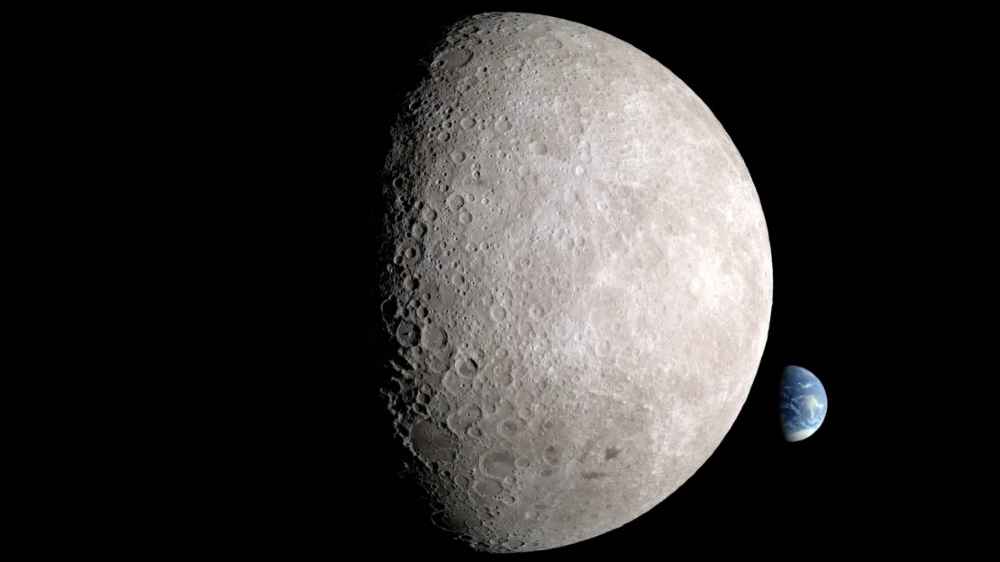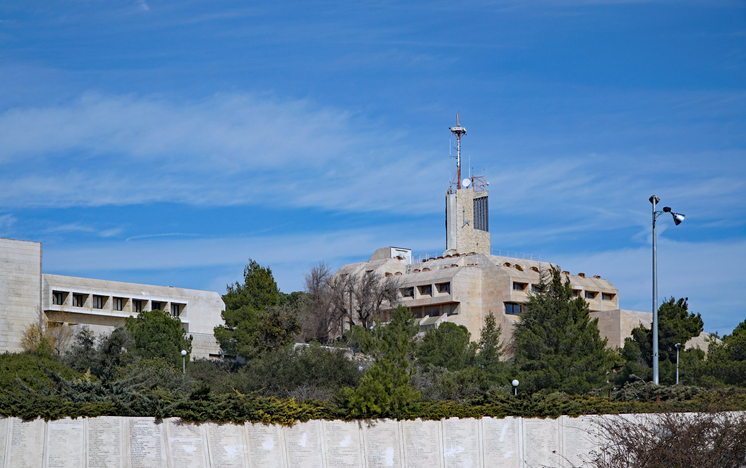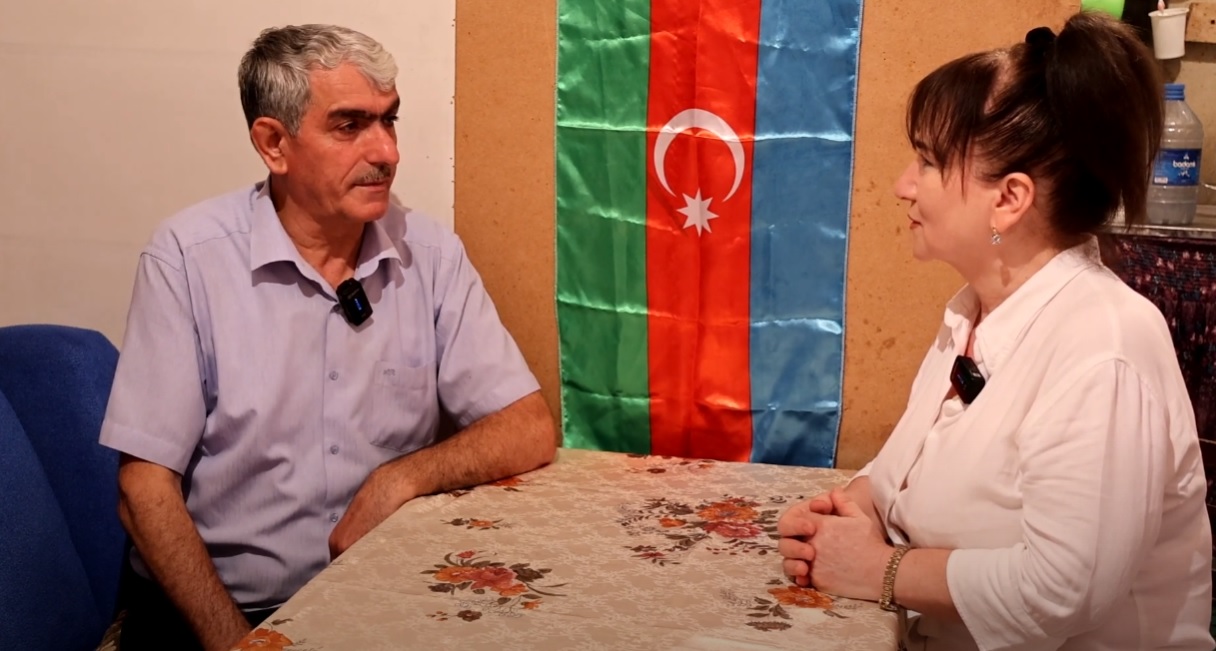Over the past few years, competing countries have turned the moon into a hotspot for activity not witnessed since the Apollo 17 astronauts departed from the lunar surface in 1972.
In one lunar region, Japan’s “Moon Sniper” mission has beaten the odds and survived three long, frigid lunar nights since its sideways landing on January 19.
Engineers at the Japan Aerospace Exploration Agency didn’t design the spacecraft to last through one lunar night, a two-week period of freezing darkness, but the Moon Sniper continues to thrive amid lunar extremes and send back new images of its landing site.
Ad Feedback
Elsewhere, an international team of astronomers believes it has homed in on a crater created a few million years ago when something massive slammed into the lunar surface — and sent a chunk of the moon’s far side, or the side that faces away from Earth, hurtling into space. The hunk of moon became a rare quasi-satellite, or asteroid that orbits near Earth.
The Tianwen-2 mission will visit the space rock later this decade. But first, China has set its sights on returning to the moon’s “hidden side.”
Lunar update
An illustration depicts the far side of the moon, with Earth behind it.
NASA
The Chang’e-6 mission, which launched Friday, is aiming to bring back the first samples from the South Pole-Aitken basin, or the largest and oldest crater on the moon. Since the Chang’e 4 mission in 2019, China remains the only country to have landed on the moon’s far side, sometimes called the “dark side” of the moon.
The “dark side” of the moon is actually a misnomer, experts say, and the remote lunar hemisphere receives illumination — scientists just don’t know as much about the region as they’d like.
The far side, with its thicker crust, is vastly different from the near side that was explored during the Apollo missions.
Scientists hope that returning samples from the far side could solve some of the biggest remaining lunar mysteries, including the moon’s true origin.
A long time ago
Papyrologists studying the Herculaneum scrolls have deciphered revealing details about Plato’s last evening and final resting place.
When Mount Vesuvius erupted in AD 79, volcanic ash charred and buried the papyrus scrolls, but experts have gleaned insights from the fragile artifacts by using innovative technology.
The Greek philosopher’s burial site was likely a secret garden near the sacred shrine to muses inside the Platonic Academy of Athens, according to Graziano Ranocchia, professor of papyrology at the University of Pisa.
And the translated text, Ranocchia added, indicated that Plato was not a fan of the flute music played as he languished on his deathbed, noting that he commented to a guest on its “scant sense of rhythm.”
We are family
Researchers recreated the face of a Neanderthal woman, who would have been in her mid-40s when she died 75,000 years ago.
Courtesy Netflix
About 75,000 years ago, a Neanderthal woman was laid to rest in a cave with a rock beneath her head like a cushion.
Now, scientists have reassembled her skull using 200 bone fragments in a “high-stakes 3D jigsaw puzzle” to recreate the face of Shanidar Z, named for the cave in Iraqi Kurdistan where paleoanthropologist Dr. Emma Pomeroy found the remains in 2018.
“She’s actually got quite a large face for her size,” said Pomeroy, an associate professor of archaeology at the University of Cambridge. “She’s got quite big brow ridges, which typically we wouldn’t see, but I think dressed in modern clothes you probably wouldn’t look twice.”
Dig this
Amateur archaeologists have uncovered a baffling 1,700-year-old artifact representing “one of archaeology’s great enigmas,” according to the Norton Disney History and Archaeology Group.
The 12-sided object is 3 inches (8 centimeters) across, hollow and covered with holes. It’s one of the largest Roman dodecahedrons ever found, and only about 130 exist in the world.
No one knows what they were used for, and dodecahedrons remain absent from Roman literature and mosaics. But it’s possible that the objects played a part in ritualistic or religious rites.
Fantastic creatures
The male Sumatran orangutan treated a facial wound by chewing leaves from a climbing plant and repeatedly applying the juice to it, according to scientists.
Armas
Rakus, a Sumatran orangutan living in Gunung Leuser National Park in South Aceh, Indonesia, surprised scientists when they saw him intentionally treat a wound on his face by using a medicinal plant.
It’s the first time researchers have documented such behavior in great apes.
Rakus, likely wounded by another male orangutan, chewed leaves from a plant known locally as akar kuning that is used in traditional medicine to treat dysentery, malaria and diabetes.
Then, he applied juice from the leaves to his wound, leaving researchers to wonder whether the pain relief treatment was accidental or a learned behavior from other wild orangutans.
Curiosities
Take a deep dive into these intriguing reads:
— A new analysis of hunter-gatherer remains from a cave in Morocco has revealed the true “paleo” diet and what was really on the Stone Age menu 13,000 years ago.
— Boeing’s Starliner spacecraft, carrying astronauts Suni Williams and Butch Wilmore on a test flight, now has the green light from NASA to attempt a launch Monday evening to the International Space Station.
— Remember the “Six Degrees of Kevin Bacon” game? Scientists have identified what they call a “degrees of Kevin Bacon” gene, which could provide a genetic basis that determines how central you are to your social network.
— Here comes that sound! Learn all about periodical cicadas in a visual guide to 2024’s rare dual emergence.
And don’t forget to look up in the early predawn hours on Sunday and Monday to see the Eta Aquariid meteor shower as it dazzles in the night sky.
Like what you’ve read? Oh, but there’s more. Sign up here to receive in your inbox the next edition of Wonder Theory, brought to you by CNN Space and Science writers Ashley Strickland and Katie Hunt. They find wonder in planets beyond our solar system and discoveries from the ancient world.





















